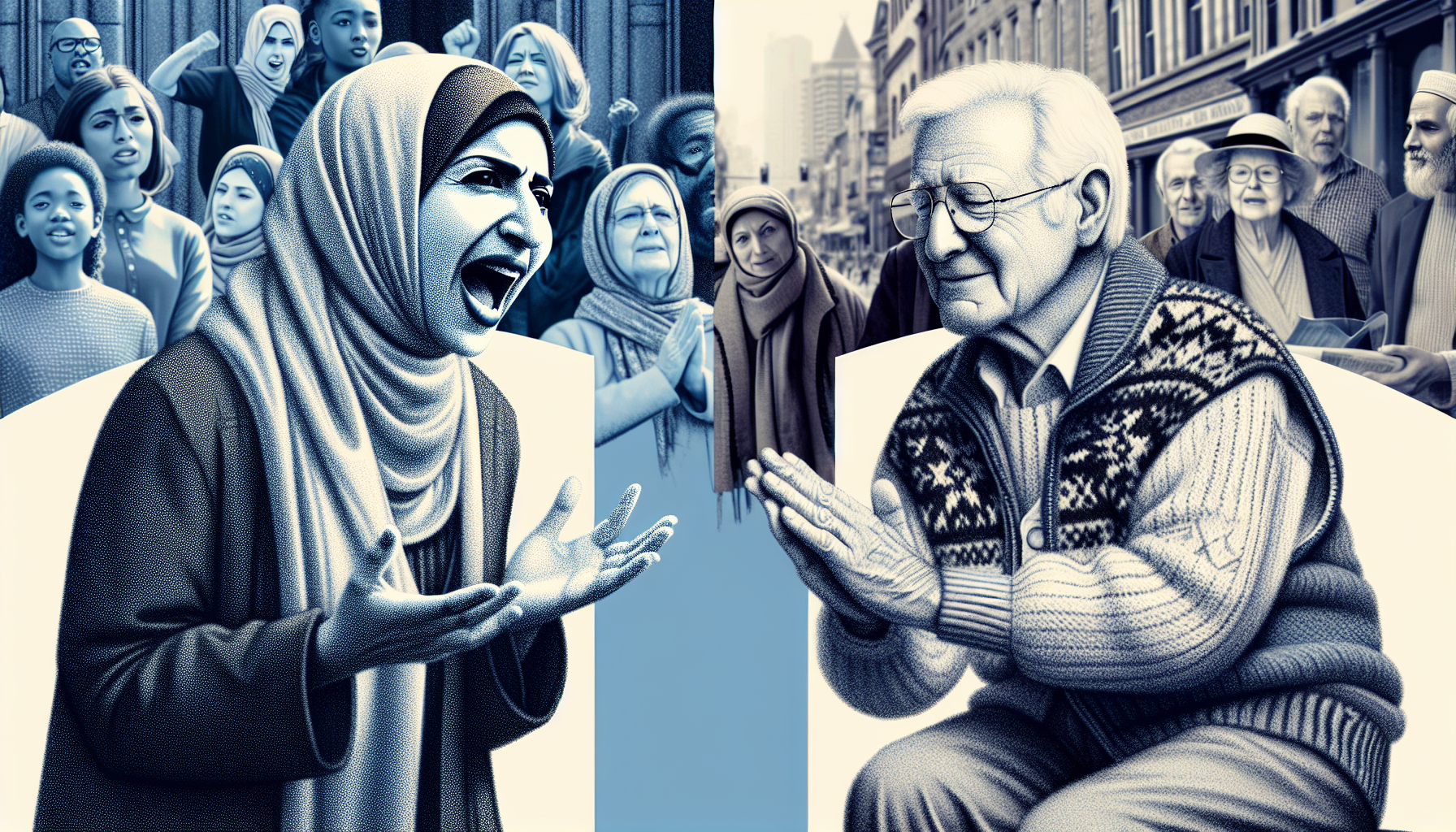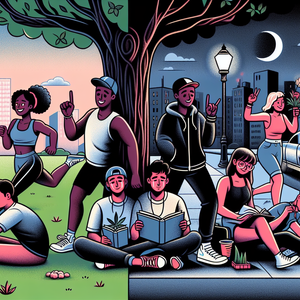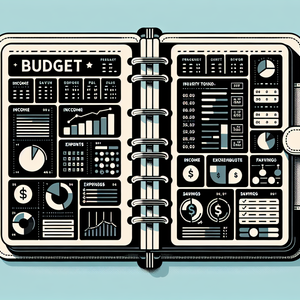The Hidden Pay Gaps in UI/UX Design: A Deep Dive

One of the primary contributors to pay disparities in UI/UX design is the industry in which a designer operates. Designers within the technology sector, particularly those involved in software and app development, tend to command higher salaries compared to their peers in other sectors such as non-profit organizations or education. According to a recent survey conducted by the UX Design Institute, tech-related UI/UX designers earn an average salary of approximately $100,000 per year. In contrast, those working in non-profit settings average around $65,000 annually. This difference often stems from the revenue-generating nature of tech companies, which have the resources to invest in top talent to enhance their products and remain competitive.
Regional Differences
Geography also plays a critical role in salary variations within the UI/UX field. Designers situated in metropolitan hubs like San Francisco, New York, and Seattle generally earn more than those in smaller cities or rural areas. For instance, a UI/UX designer in San Francisco can anticipate a salary exceeding $120,000 annually, while the same position in Austin, Texas, may offer around $85,000. This geographical divide is influenced by several factors, including the cost of living, the concentration of tech firms, and the availability of skilled professionals in various locations.
Experience Level Disparities
Experience level is another major determinant affecting pay in UI/UX design. Entry-level or junior designers, often fresh out of school or transitioning from other fields, may start with salaries as low as $50,000. Mid-level designers, who possess several years of experience and a solid portfolio, can earn between $80,000 and $100,000. Senior designers, on the other hand, who bring a wealth of experience and a proven track record, can command salaries exceeding $130,000.
Negotiating Better Salaries
Armed with an understanding of these pay gaps, designers can approach salary negotiations with greater confidence and strategy. Researching salary benchmarks specific to one’s industry, region, and experience level is crucial. Websites like Glassdoor, PayScale, and LinkedIn Salary provide valuable data to inform negotiations, allowing designers to present a well-informed case for their worth.
The hidden pay gaps in UI/UX design underline the complexity of establishing fair compensation in this evolving field. By understanding how industry, geography, and experience level influence salaries, designers can better navigate their career paths and advocate for themselves during salary negotiations.
UX Researcher
Google, Amazon, Microsoft, and various tech startups
Core Responsibilities
Conduct user interviews, surveys, and usability testing to gather insights on user behavior and preferences.
Analyze qualitative and quantitative data to inform design decisions and improve user experience.
Collaborate with cross-functional teams to translate user insights into actionable design recommendations.
Required Skills
Proficiency in research methodologies (e.g., ethnographic studies, A/B testing).
Strong analytical skills and experience with data analysis tools (e.g., SPSS, Google Analytics).
Excellent communication skills to present findings to stakeholders.
UI Designer
Adobe, Shopify, Airbnb, and various digital agencies
Core Responsibilities
Create visually appealing and intuitive user interfaces for websites and applications.
Develop design systems and style guides to maintain consistency across digital products.
Work closely with UX designers and developers to ensure seamless integration of design and functionality.
Required Skills
Proficiency in design tools such as Adobe Creative Suite, Sketch, or Figma.
Strong understanding of typography, color theory, and layout principles.
Experience in responsive design and accessibility standards (WCAG).
Product Designer
Apple, Dropbox, Slack, and various fintech companies
Core Responsibilities
Lead the end-to-end design process for digital products, from ideation to prototyping and testing.
Collaborate with product managers and engineers to define product requirements and design solutions.
Continuously iterate on designs based on user feedback and testing results.
Required Skills
Experience in both UI and UX design, with a strong portfolio demonstrating design thinking.
Familiarity with prototyping tools (e.g., InVision, Marvel) and agile methodologies.
Ability to work in fast-paced environments and manage multiple projects simultaneously.
Interaction Designer
Microsoft, Uber, LinkedIn, and various e-commerce platforms
Core Responsibilities
Design interactive elements and user flows that enhance the user experience.
Create wireframes, storyboards, and prototypes to convey design concepts and interactions.
Conduct usability testing to validate design choices and iterate based on user feedback.
Required Skills
Strong understanding of user-centered design principles and interaction design methodologies.
Proficiency in interaction design tools (e.g., Axure, Adobe XD).
Excellent problem-solving skills and attention to detail in design execution.
Visual Designer
Nike, Coca-Cola, and various advertising agencies
Core Responsibilities
Develop high-fidelity visual designs that align with brand guidelines and enhance user engagement.
Work closely with product and UX teams to ensure a cohesive visual language across all platforms.
Create marketing materials, graphics, and illustrations to support branding efforts.
Required Skills
Expertise in graphic design software (e.g., Photoshop, Illustrator) and a strong understanding of design principles.
Ability to conceptualize and execute designs that are both aesthetic and functional.
Experience in motion design or animation is a plus.


